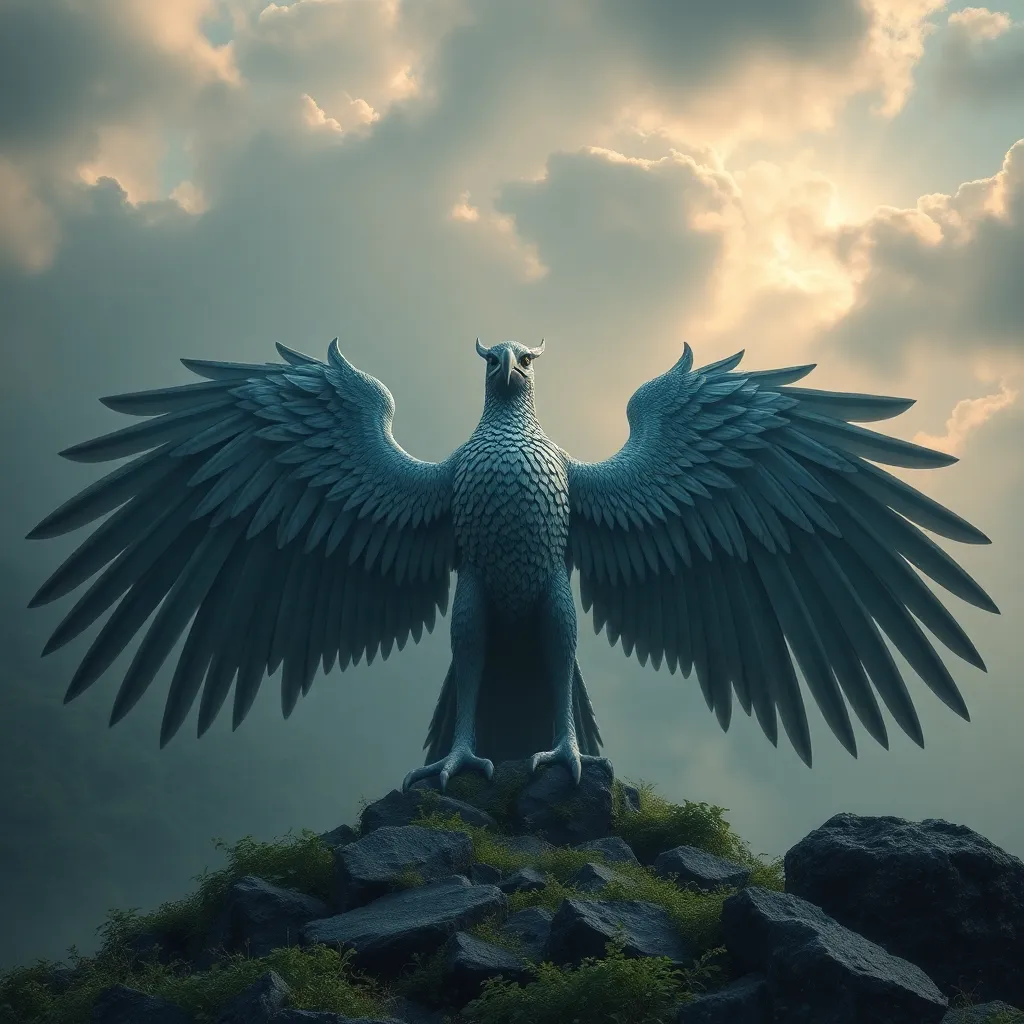The Sacred Timekeepers: Mythology’s Timeless Locations
I. Introduction
The concept of sacred timekeepers refers to locations imbued with spiritual significance that also embody the essence of time within various mythologies. These places often serve as the backdrop for creation myths, divine interactions, and the cyclical nature of existence, reflecting how different cultures perceive and interpret time.
Mythical locations are critical in shaping cultural narratives, providing a sense of identity, and offering insights into the human experience. They serve not only as settings for stories but also as symbols that embody cultural values and beliefs. This article will explore several timeless locations in mythology, examining their connections to time and the roles they play in the respective mythologies.
The structure of the article will navigate through the concept of time in mythology, highlight specific sacred locations such as Olympus and Yggdrasil, and discuss the broader implications of these myths in contemporary culture.
II. The Concept of Time in Mythology
Understanding how different cultures perceive time is essential to grasping the significance of sacred locations. Some cultures view time as cyclical, a repeating sequence of events, while others perceive it as linear, moving in a straight path from beginning to end.
- Cyclical Time: In many Eastern philosophies, time is seen as a cycle of birth, death, and rebirth. This perspective is prominent in Hindu and Buddhist beliefs.
- Linear Time: In Western traditions, particularly in Judeo-Christian beliefs, time is viewed as linear, with a definitive beginning and end.
Mythological representations of time often reflect these perceptions. In creation myths, time plays a critical role as it marks the phases of creation and destruction, as well as the transitions between different realms of existence.
III. Olympus: The Divine Realm of the Greek Pantheon
Mount Olympus holds a special place in Greek mythology, described as the home of the gods. This sacred location is not just a physical mountain, but a symbol of divine authority and eternal time.
The significance of time in Greek mythology is profound. The gods on Olympus exist beyond human temporality, embodying timelessness while also influencing the mortal world’s sense of time through their actions and interventions.
As a timeless sanctuary, Olympus serves as a bridge between the divine and human realms, where mortals seek guidance and favor from the gods. The annual Olympic games, held in honor of Zeus, further underscore the intertwining of divine time with human experience.
IV. Yggdrasil: The World Tree of Norse Mythology
Yggdrasil, the great ash tree, is central to Norse cosmology, connecting the nine realms of existence. This immense tree is not only a physical entity but also a representation of the interconnectedness of time and space.
The branches of Yggdrasil reach into various realms, while its roots delve into the depths of the underworld. The tree’s connection to time is evident in its role as a guardian of the cosmos, standing resilient against the passage of time and the inevitability of Ragnarök, the end of the world.
Many stories associated with Yggdrasil feature timekeepers such as the Norns, the three sisters who weave the threads of fate, embodying the cyclical nature of time and destiny.
V. The Underworld: Timeless Realms in Various Mythologies
The concept of the underworld varies across cultures, with notable examples being Hades in Greek mythology, Duat in Egyptian beliefs, and Hel in Norse tradition. Each underworld serves as a realm where time operates differently from the world of the living.
- Hades: A realm where souls reside after death, experiencing a form of timelessness that reflects their lives.
- Duat: The Egyptian underworld, where the journey of the soul is marked by trials that symbolize the passage through time.
- Hel: In Norse mythology, Hel is both a place and a being, representing the eternal waiting of souls.
In these underworlds, time plays a crucial role in the afterlife experience, influencing the way souls interact with their past and the myths that shape their existence. Sacred locations within these realms often hold significant meaning, serving as sites for rituals and reflections on mortality.
VI. The Sacred Mountains: Time’s Guardians
Across various cultures, sacred mountains like Mount Fuji in Japan and Mount Kailash in Tibet are viewed as timeless locations that connect the earthly realm to the divine.
- Mount Fuji: Revered in Japanese culture, it symbolizes beauty and eternity, often depicted in art and literature.
- Mount Kailash: Considered the abode of the Hindu god Shiva, it represents spiritual significance and the timeless journey of enlightenment.
These mountains symbolize stability and permanence, often associated with myths that highlight their role in the creation of the world and the cycle of life. Many cultures believe that these mountains act as guardians of time, preserving the stories and legacies of generations.
VII. The Celestial Bodies: Stars and Constellations as Timekeepers
Stars and constellations play a pivotal role in the mythology of many cultures, serving as markers of time and navigation. Ancient civilizations often relied on celestial bodies to track the seasons and guide their agricultural practices.
- Polaris: The North Star, used by travelers as a guiding light through the night.
- The Zodiac: Constellations that represent different times of the year, influencing cultural rituals and celebrations.
Stories associated with these celestial bodies often reflect their significance in determining time, with many myths revolving around the creation and movement of stars. The celestial realm serves as a timeless backdrop for human existence, reinforcing the connection between the cosmos and our understanding of time.
VIII. Ancient Structures: Temples and Stone Circles
Ancient structures such as Stonehenge, the Pyramids of Giza, and Mayan temples are fascinating examples of how humanity has sought to align their understanding of time with sacred locations.
- Stonehenge: A prehistoric monument that aligns with solar and lunar events, marking important seasonal changes.
- The Pyramids: Built to honor the pharaohs and ensure their passage into the afterlife, reflecting the Egyptians’ beliefs about eternity.
- Mayan Temples: Designed to track celestial events, these structures highlight the Mayans’ advanced understanding of timekeeping.
These ancient sites are not merely architectural feats; they represent the blending of science, spirituality, and the quest for understanding time. Their cultural significance lies in the rituals and ceremonies conducted at these locations, marking the passage of time within the framework of mythology.
IX. Contemporary Resonance: How Sacred Locations Influence Modern Timekeeping
The impact of ancient myths on contemporary time perception is significant. Today, sacred locations continue to influence modern spirituality and tourism, drawing individuals seeking connection with their cultural heritage and the timeless narratives of their ancestors.
Many people visit these sites, engaging with the myths that surround them, thereby reinforcing the relevance of these stories in understanding time today. The merging of ancient beliefs with contemporary practices highlights the enduring power of mythology in shaping our perception of time and existence.
In conclusion, the exploration of sacred timekeepers across various mythologies reveals the profound relationship between time, space, and spirituality. These timeless locations serve as reminders of our connection to the past and the narratives that continue to shape our present and future.



